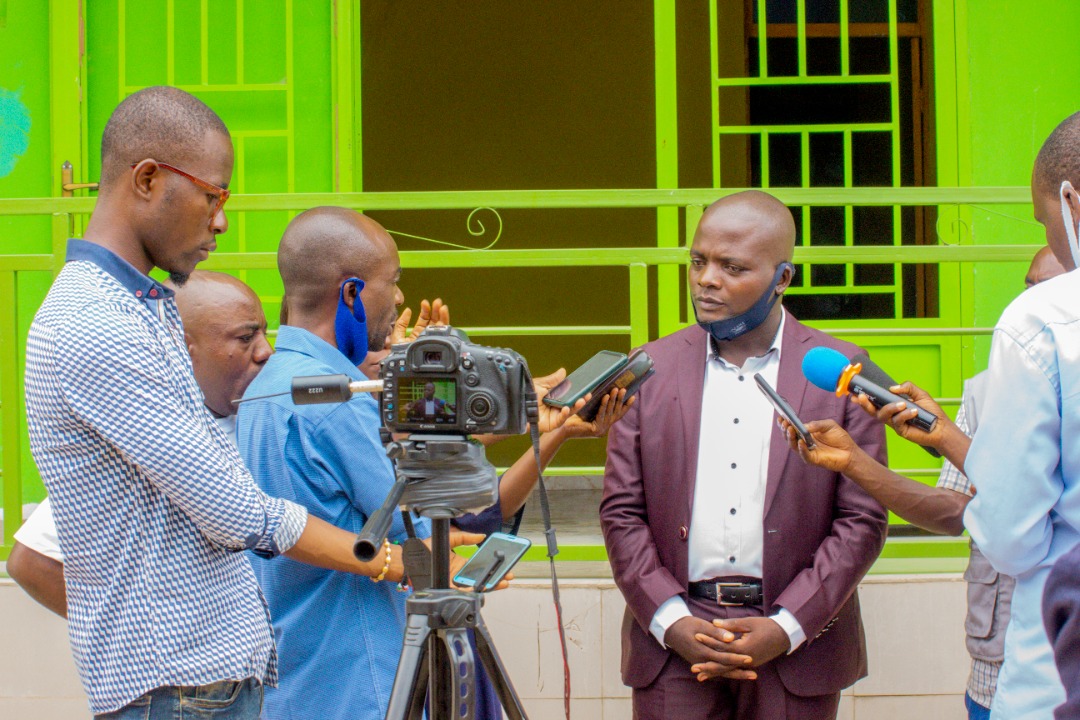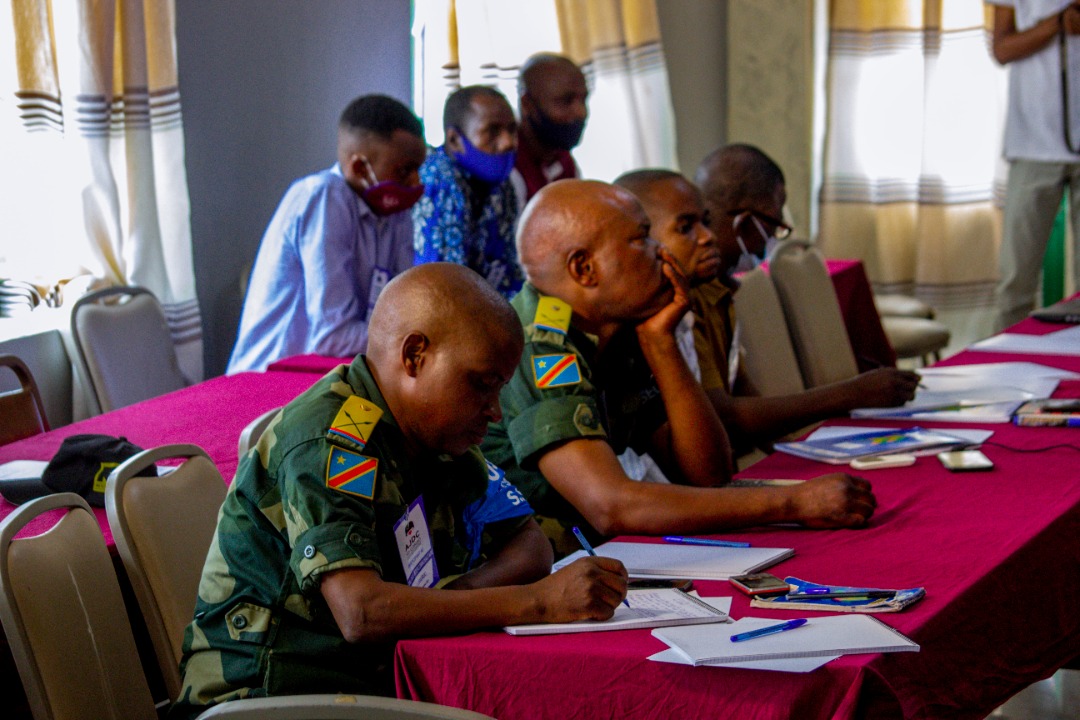In This Story
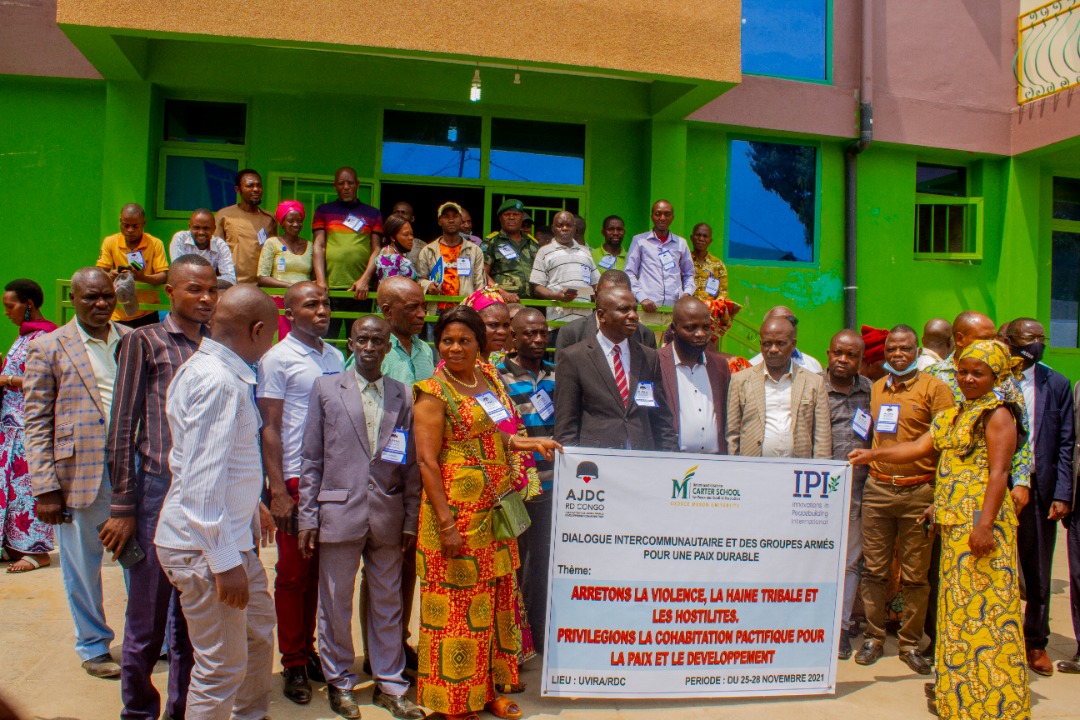
The Democratic Republic of the Congo has not seen peace for more than three decades, but in November 2021, George Mason University’s Carter School for Peace and Conflict Resolution helped the country take a leap in a hopeful direction.
In the province of South Kivu, the school gathered representatives from 21 armed groups, the Congolese government, military, police, intelligence services, religious leaders, civil society groups, and peace advocates. Not only did everyone discuss a path toward peacebuilding, but they also signed a peace accord to solidify it.
“As a methodology, what we’ve done here is exemplary, and it can really change the way peace processes are designed, peace agreements are brokered, and the role of academic institutions in that,” said Carter School Dean Alpaslan Özerdem. “This is the first of many direct engagements we’re hoping to have in carrying the flag of peacemaking as an academic institution.”

So, what was new about the school’s approach?
Charles Davidson, PhD ’19, Carter School research faculty and alumnus, said it was reexamining the intersection of local and international peacebuilding—something he calls the “new hybridity” approach.
“It’s about, what would it look like to not have outsiders dominate the conversation? What happens when locals and internationals combine efforts?” Davidson said.
Özerdem said the process gives locals hope and opportunities to build their own peace.
“The role of the Carter School has been to facilitate, to accompany local actors by providing our direct qualities of trust building, and knowledge in the planning and implementation,” Özerdem said.
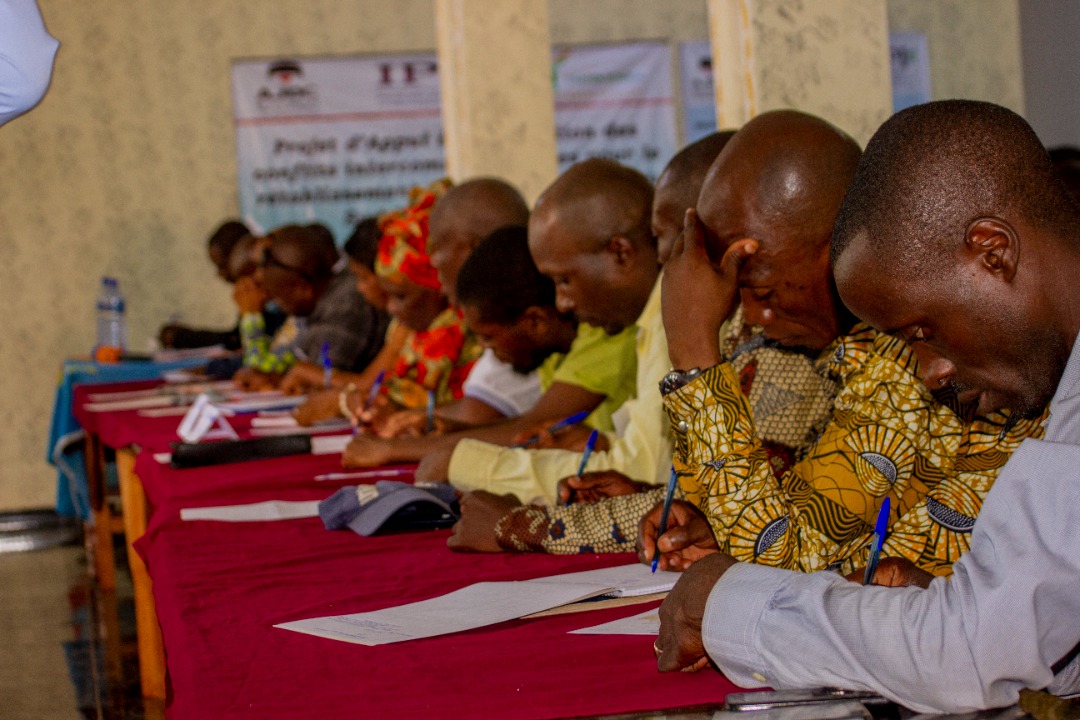
The school’s model flips tradition on its head.
Typically, peace processes are administrated by outside states or international organizations. Özerdem said that dynamic may cause lower trust among locals, due to the nature of the conflict and the legacy of those relationships.
“With this South Kivu process, the uniqueness is that it was really designed and implemented by local leadership and international actors accompanied the process,” Özerdem said. “When an external academic institution comes, that creates a different type of opportunity for trust building.”
In many peace negotiations, money is given to incentivize collaboration.
“We emphasized we are not going to pay [non-essential] stipends—you come if you’re interested in making peace,” Özerdem said. “That gave a different proposition than previous peacemaking attempts.”
Surprisingly, it was effective.
“Many people showed up who were not invited,” Davidson said, mentioning more than 60 people were in attendance. “Knowing they had nothing [financial] to gain…they still came and I think it was a huge testament to what was going on.”
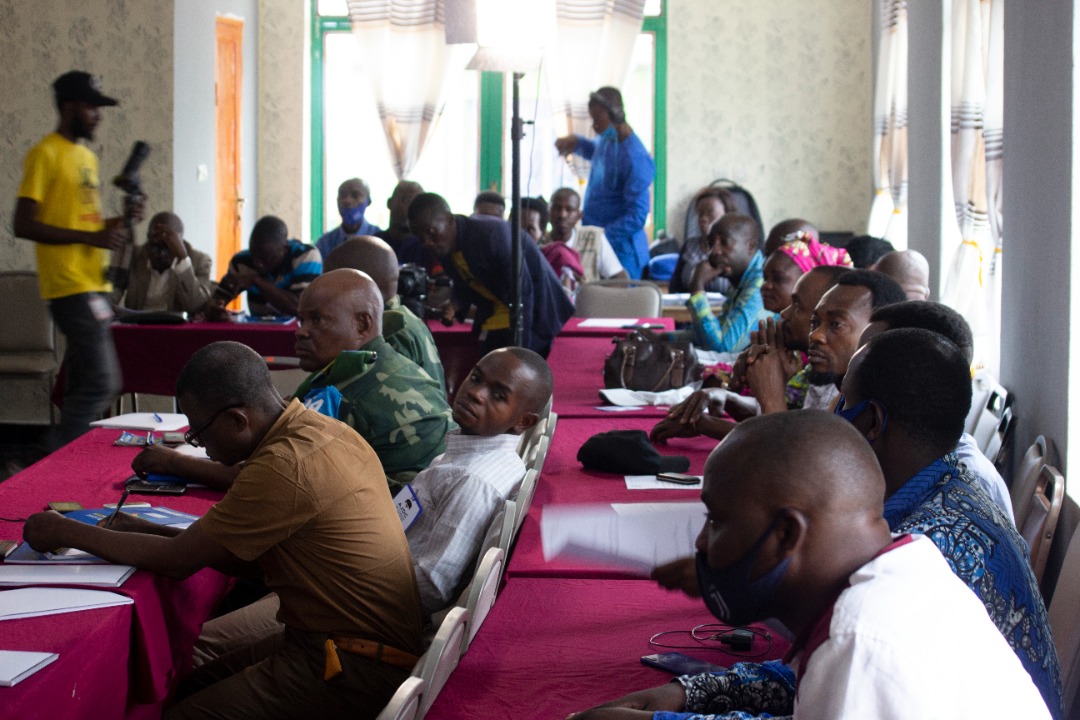
That wasn’t the only break from the norm. Özerdem said third parties typically consult academic institutions for expertise only if and when needed.
“In this one, because an academic institution is the lead actor in facilitating the entire process, the knowledge part is integrated in a much more organic and natural way,” he said.
Özerdem said the school plans to replicate the process, piloted in the Congo, in other conflict-ridden zones.
“Particularly with our renaming last year, one of our key aspects of the vision is our relevance for conflict-affected communities and how we can translate this into practice, from addressing issues in our neighborhoods here, to global challenges of peace and security,” he said
It’s a sensitive undertaking with risks the school does not take lightly, Özerdem said, so each step is strategic.
And that’s what the school’s mission is about.
“For units like the Carter School, it’s really important that the practice of conflict resolution is part of our DNA,” Özerdem said.
